If you have had an interest in visiting Togo or Benin, it is very likely that you’ve encountered photos of those atypical houses. Those small castle-like mud houses called Tata are the traditional residence of the Tammari people (also known as the Batammariba or Otamari or Somba). The Tammari or Somba-Tata territory straddles the border of Togo and Benin, in the Atacora region, with people sharing the same culture and language finding themselves travelling between one country and the other on a regular basis to follow their rites. These houses are truly one of a kind, an impressive feat of architecture, so that they were declared UNESCO World Heritage of Togo and Benin. During our research trip of Togo and Benin, we were given the chance to explore some of those formidable and ingenuous buildings. Here’s a short photo tour of one of them.
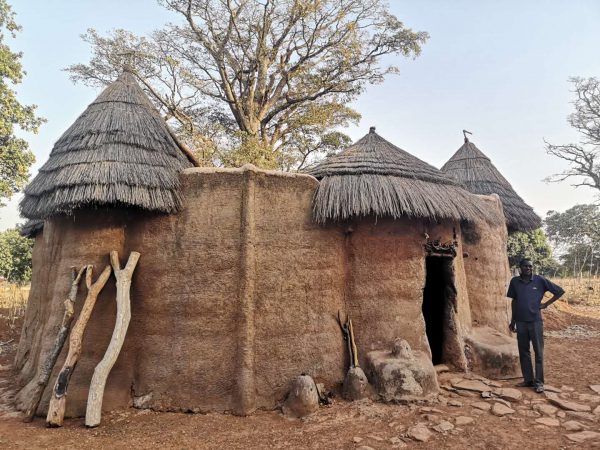
The houses are built during the dry season and consist of packed dirt which, once caked, becomes as hard a stone. It can take one season to built a house and it is built in successive layers, giving it a rigged texture.
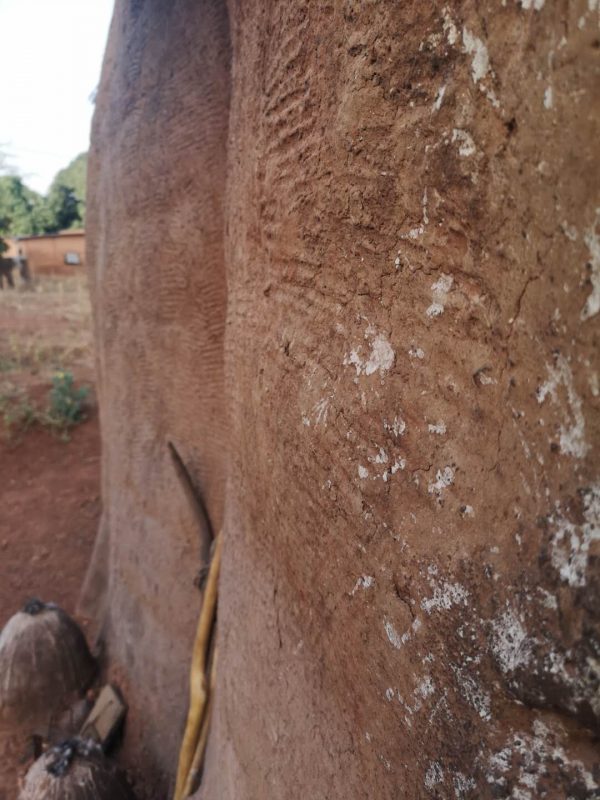
The door to the inside of the tata is always located on the west side of the structure as, in this region, strong winds are coming from the east and it is said that it is also from the east that evil spirits are coming. Above the house are put some trinkets which show the occupation of the family. For example, cow herders will have cow skulls above their porch.
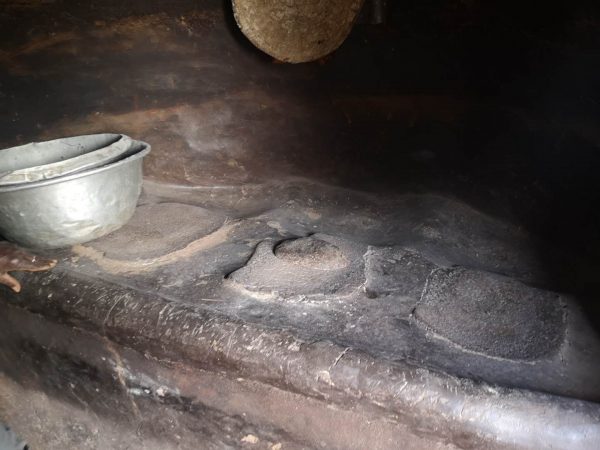
The entrance leads into a room used for the preparation of certain grains, with a stone used for grinding placed on a counter.
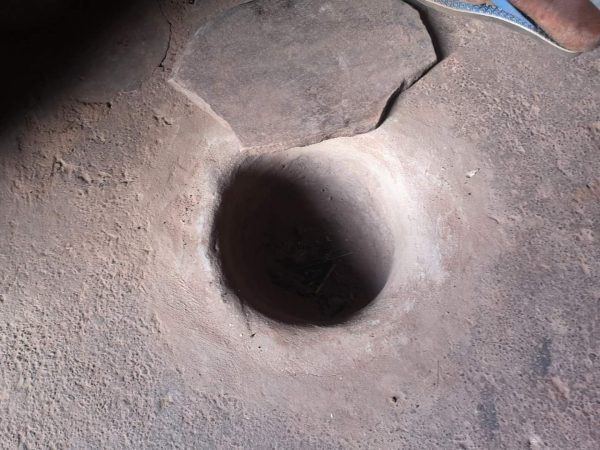
There is also a hole on the ground which is used as a mortar to grind fonio, the African couscous.
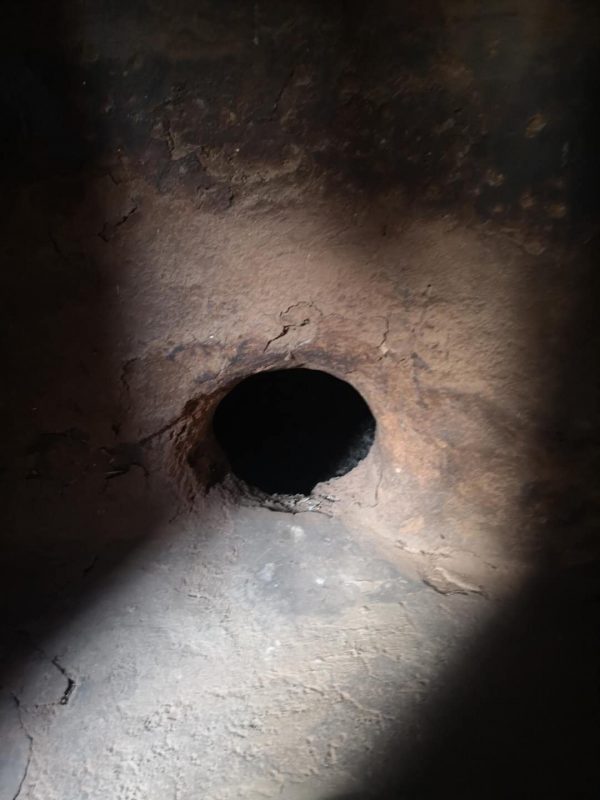
If looking closely, one will also notice a hole in the bottom of the wall in that room, this is a tunnel leading to the chicken coop. At night, chickens come back into the safety of the house by themselves.
The next room we are brought into is the room where the livestock is kept at night. Being like a real fortress, the Tata is built to house the animals and its inhabitants away from weather as well as invaders.
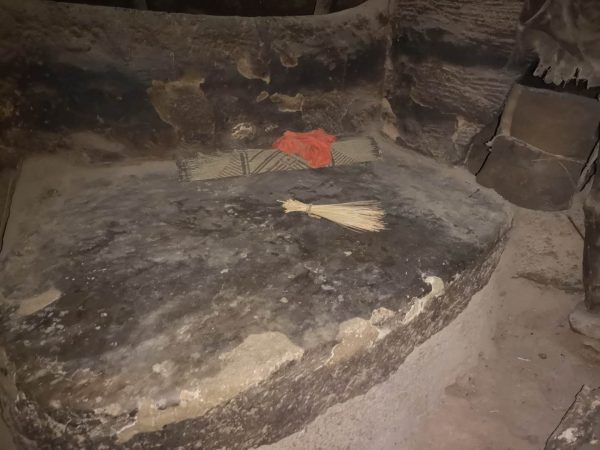
There is an hearth as well as a rock bed in this room. The smoke produced by the hearth treats the wood that is used to make the ceiling, making it more resistant to termites. The rock bed is used by elders who might not be able to climb up to a room on the roof or, in time of war, as accommodation for the family while the Tata is turned as a shelter.
The chicken coop is right by this bed so the inhabitants can reach the coop from the bed, it also provides them with a natural alarm clock in the morning.
There is an indoor kitchen as the last room of the ground level, this kitchen is used in case of bad weather, but, since it warms the house quite a lot, in times of warm weather, the outdoor kitchen on the roof is preferred.
To access the roof, the inhabitants take the ladder located inside the house.
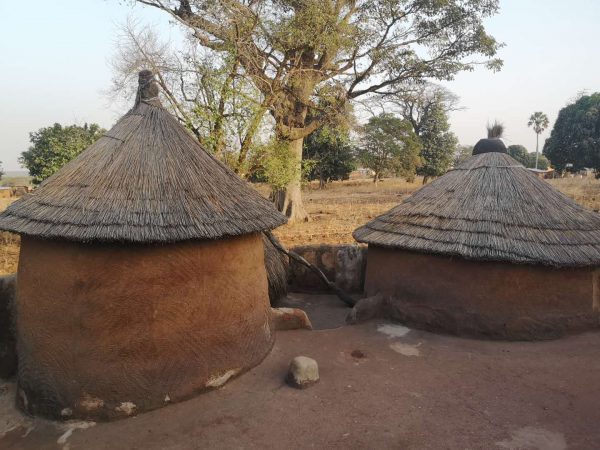
On the roof is located the second kitchen.
There is also a small hole in the wall to evacuate water, as the dishes are washed.
The rooms are upstairs. There is a bed room for the man, a bed room for the woman and the infants and finally a room for the children.
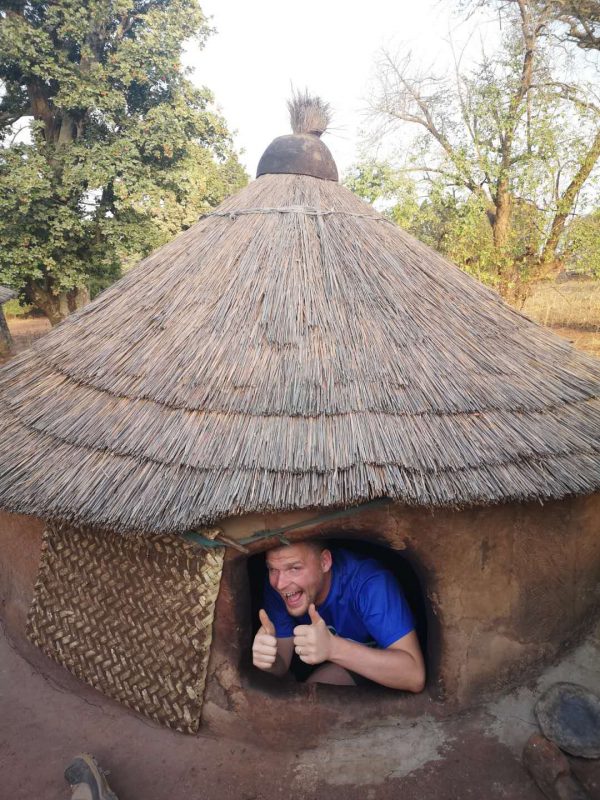
The rooms have a small sliding door and people enter them crawling, inside, you’ll find a bed and some other very interesting things such as a small personal hearth to keep warm during cold days, baskets for personal objects and so on.
In the woman’s room, a small bowl is carved in the ground, that is for infants to relieve themselves without having to leave the room and go outside.
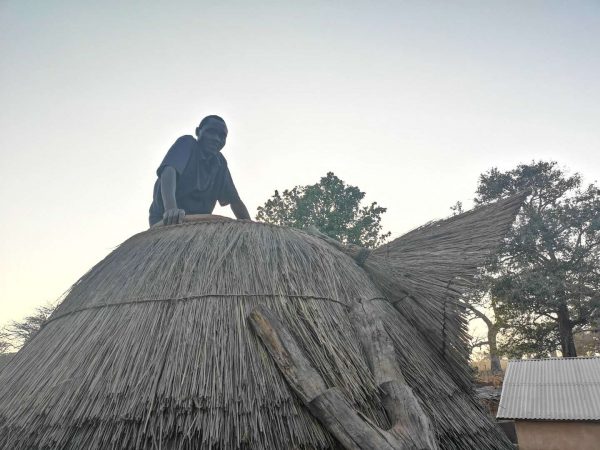
Each room is also paired with a granary. Those granaries are opened from the top and accessed via a ladder. These granaries are equipped with an anti-theft alarm, in the form of a bell and are compartmentalized. There are generally three compartments in the granaries, to keep, sorghum, millet and fonio.
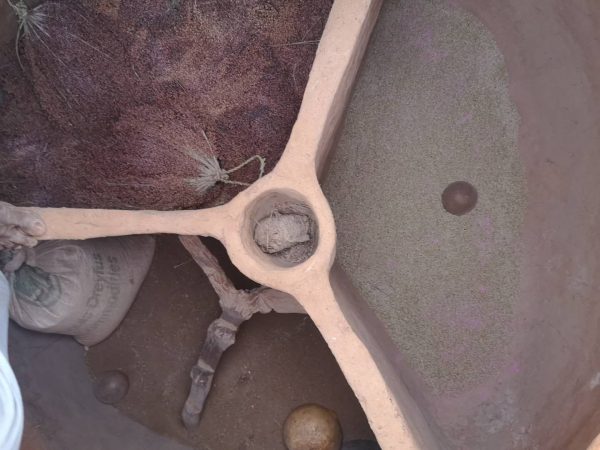
So that’s it for traditional Tata houses. Depending on the function of the family, such as harvesters, blacksmiths and healers, the design varies a bit, with, for examples, some Tata not having doors but only a ladder to access the roof first.
Tata houses are currently endangered, as are most African traditional housing, as the younger generation finds it annoying to have to renovate their houses every three years and sometimes every year in case of termites. Tatas are thus often abandoned and cement or brick houses are built in their stead.





